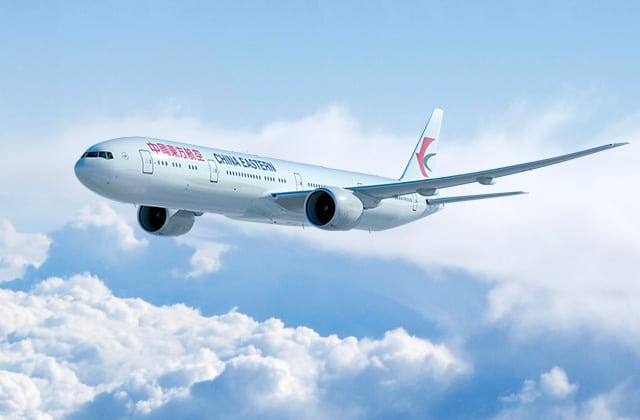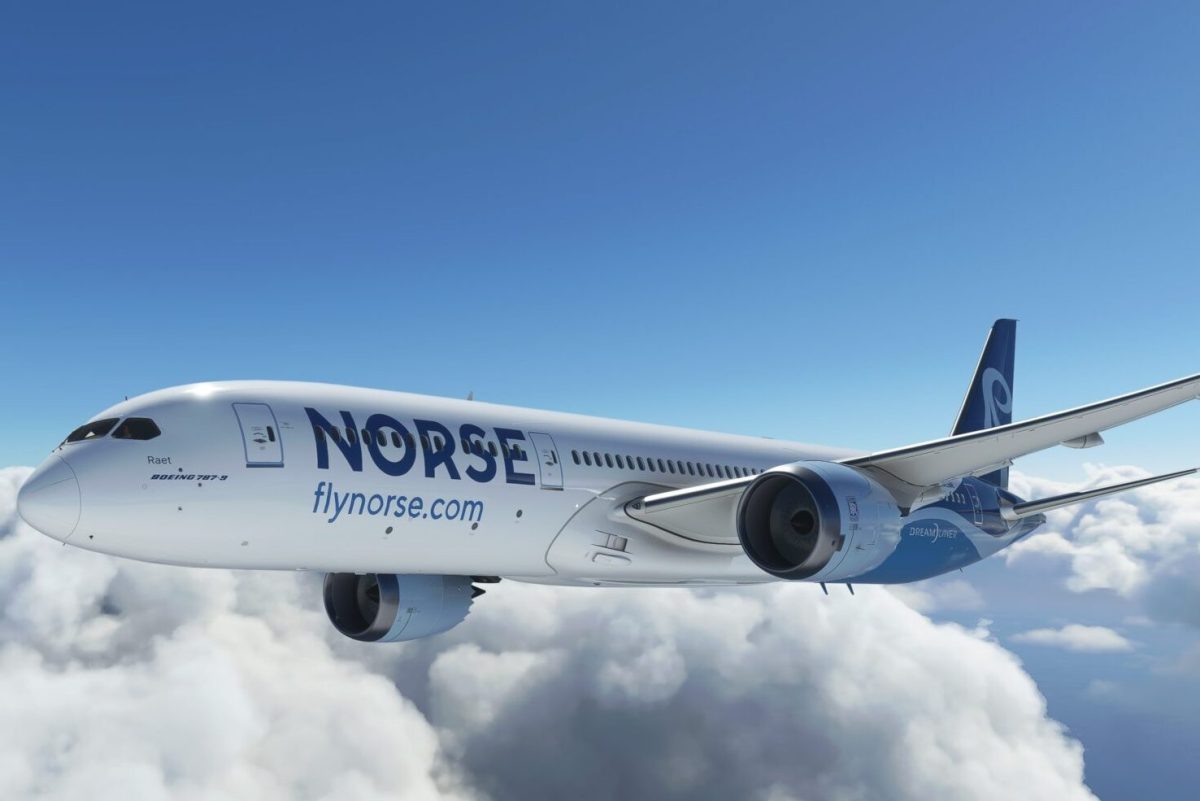China Eastern Becomes First Chinese Carrier to Launch Global In-Flight Wi-Fi

Skift Take
China Eastern Airlines has become the first Chinese airline to offer high-speed Wi-Fi connections on international flights, through the installation of Panasonic Avionics eXConnect connectivity system and a partnership with China Telecom Satellite.
The connection will launch on the airline’s latest Boeing 777-300ER aircraft, with planned roll-out across the airline’s international network and domestic service. In-flight Wi-Fi will be available on 20 of China Eastern’s aircraft by the end of 2015.
The first routes to receive connectivity will be Shanghai to New York, Los Angeles and Toronto, followed by routes to San Francisco and Vancouver by December. Domestic service include flights from Shanghai to Beijing, Guangzhou, Kunming, Chengdu and Chongqing.
Zhang Chi, Deputy Director of China Eastern Airlines’ Transformation Office said of the new service:
“The goal of the China Eastern Airlines Transformation Office is to transform our inflight experience from a traditional air transport experience into a modern, integrated and connected service. For China Eastern Airlines, inflight connectivity and Wi-Fi go beyond allowing passengers to be connected to Internet; it also dramatically improves our service model. With a connected aircraft, all of our the service support systems will be linked and available to the passengers in real-time, which will allow us to curate an even better experience for our guests.”
This launch reflects the prevailing trend of airlines competing for passengers’ loyalty by providing services they value most, especially inflight Wi-Fi connectivity.
This service has evolved from a limited perk on select airlines, to a key element of passenger experience differentiation which will soon be considered a minimum requirement for modern air service.
The costs to equip aircraft with the necessary systems to provide onboard connectivity are considerable, and customer interest in paying for the service may vary from market to market. But this is a cabin enhancement that uses no cabin space. That makes it an attractive upgrade option for airlines focused on optimizing the revenue potential of their aircraft through dense seating.
For passengers, Wi-Fi onboard may not help them forget their knees, but it could prove a welcome relief from the discomforts of long-haul flight and help the journey go faster.




